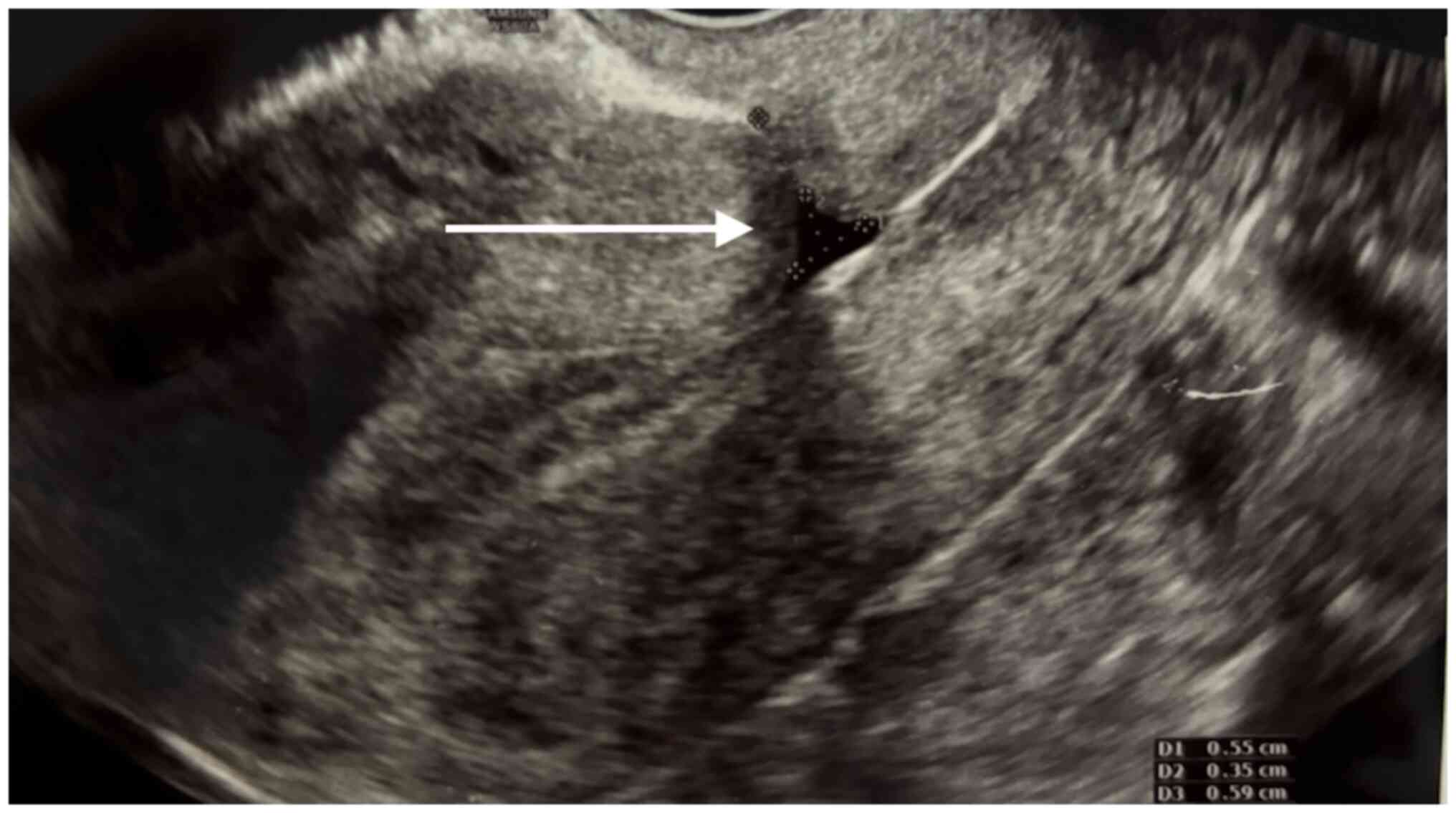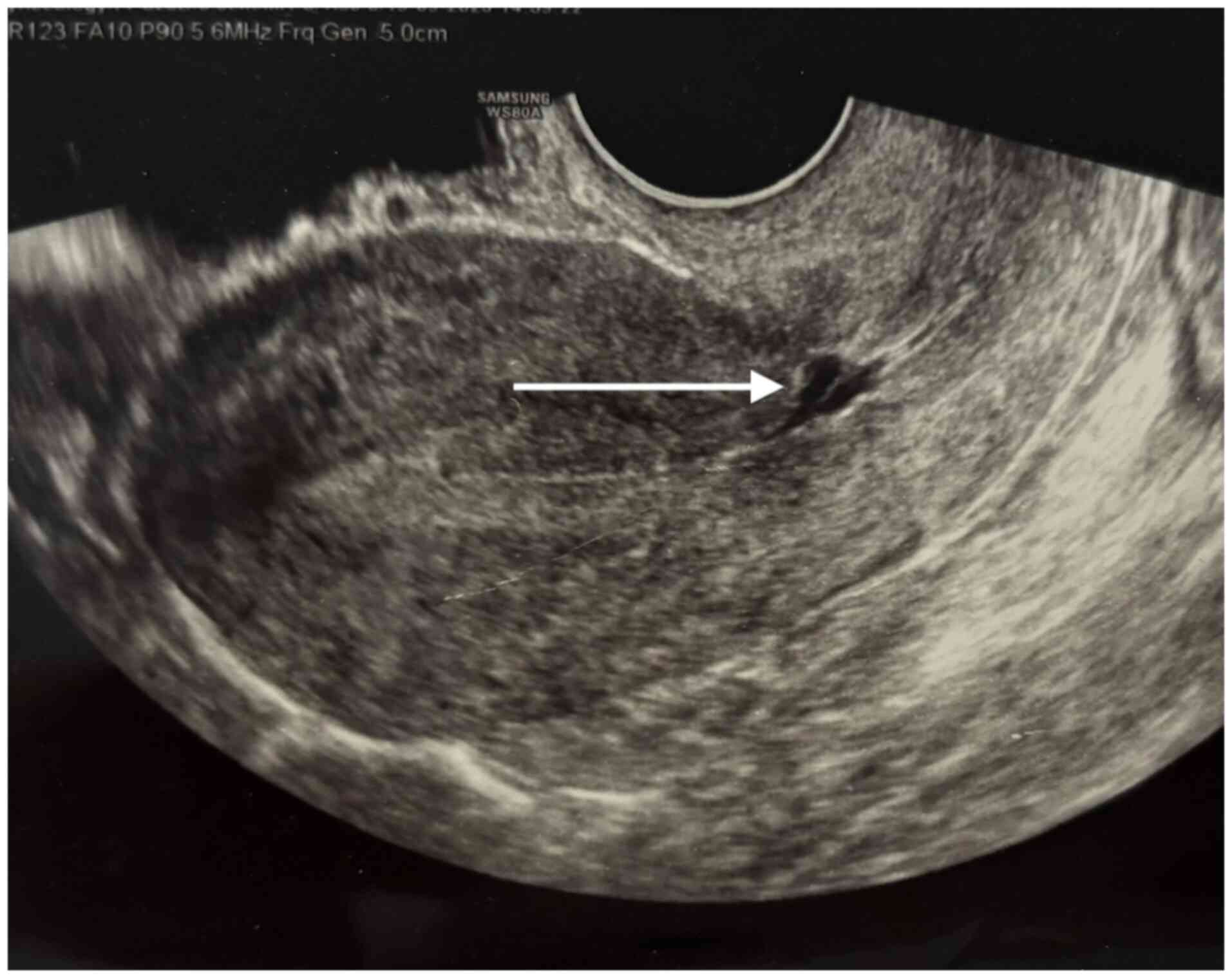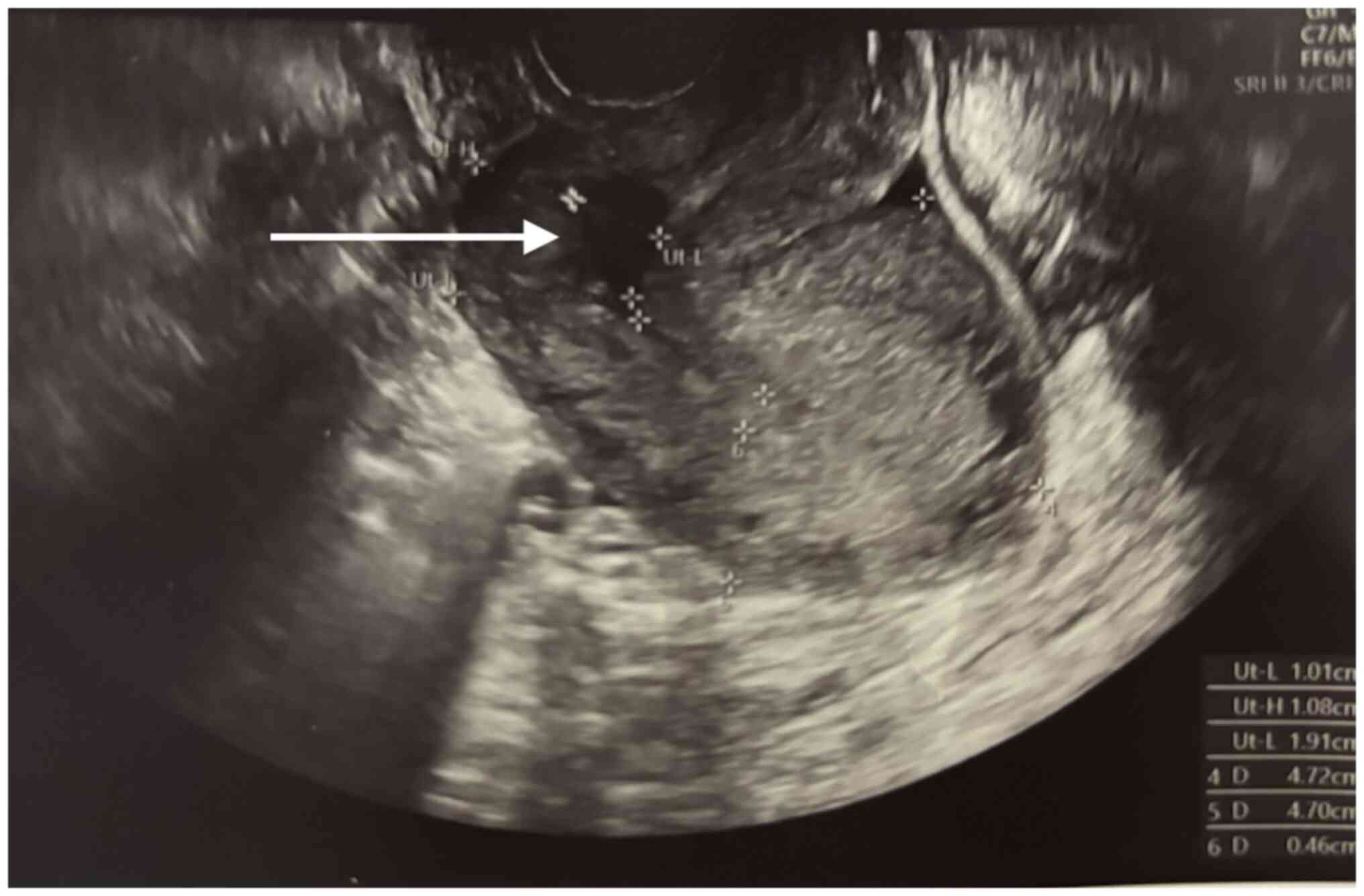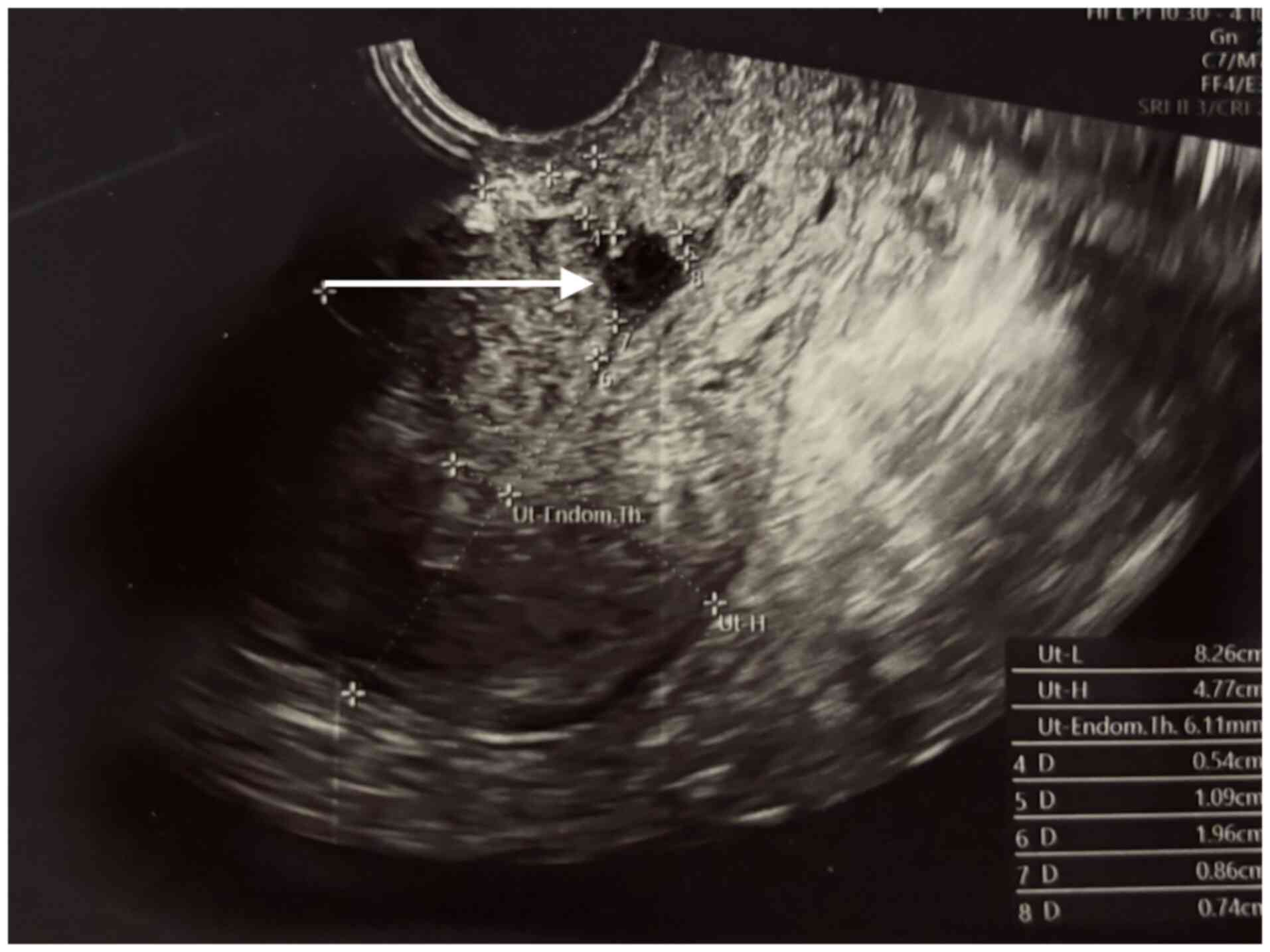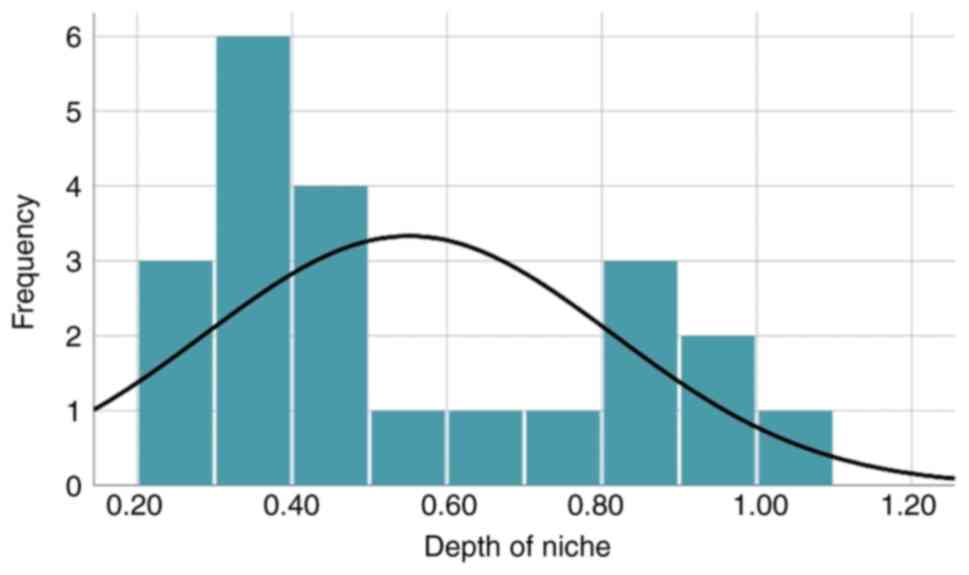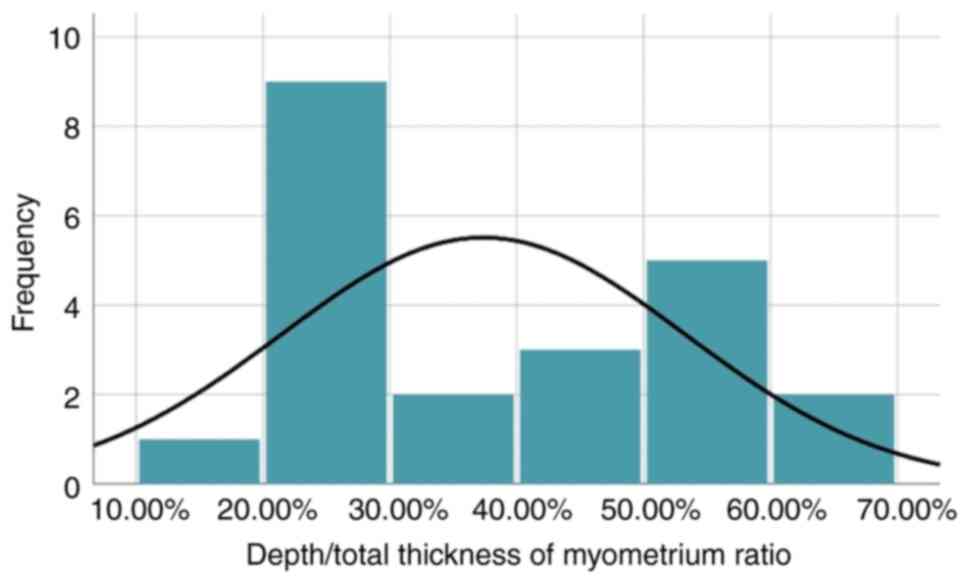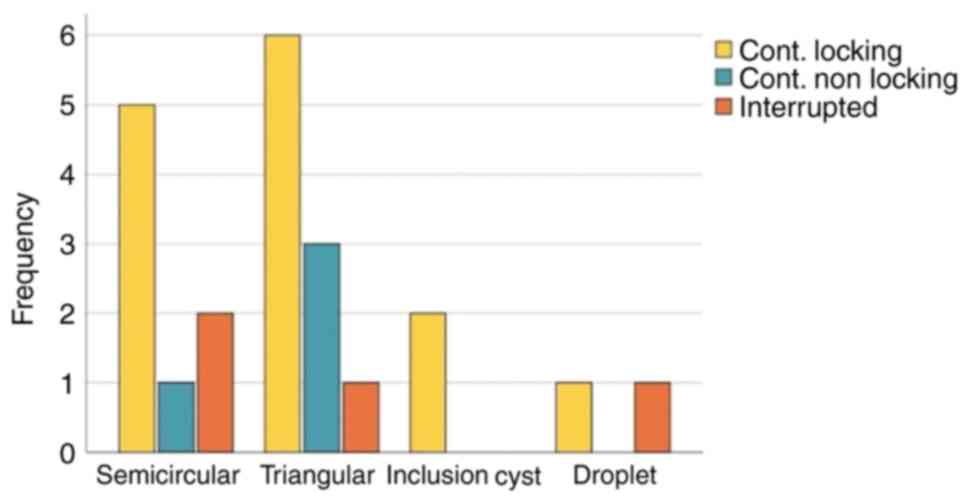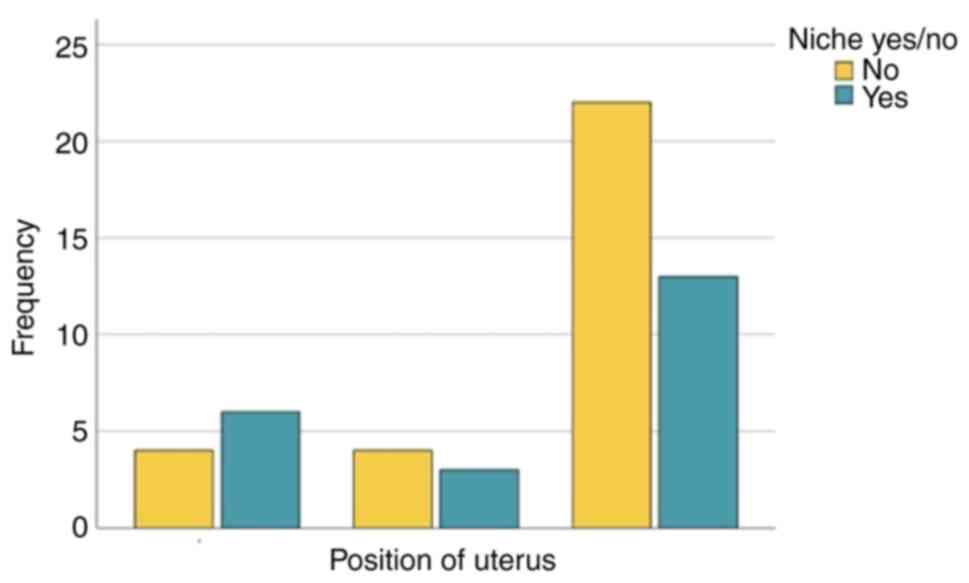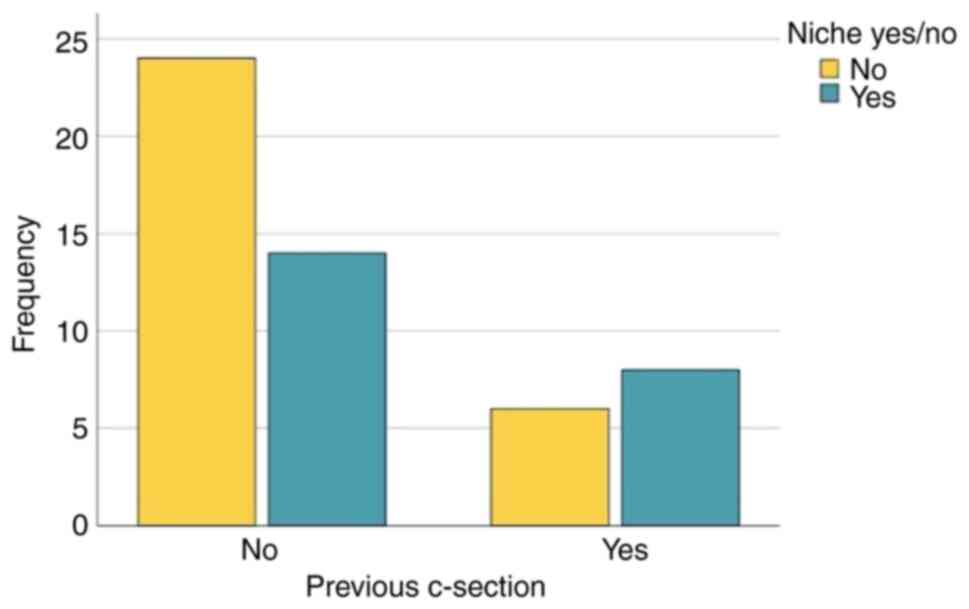Isthmocele‑an iatrogenic pathology: A prospective study in a tertiary unit
- Authors:
- Published online on: October 15, 2024 https://doi.org/10.3892/br.2024.1881
- Article Number: 2
-
Copyright: © Zampieri et al. This is an open access article distributed under the terms of Creative Commons Attribution License.
Metrics:
Total
Views: 0 (Spandidos Publications: | PMC Statistics:
)
Total PDF Downloads: 0 (Spandidos Publications: | PMC Statistics:
)
Abstract
Isthmocele, also known as uterine niche, refers to a myometrial defect of the anterior wall of the uterine isthmus, specifically at the site of the previous C‑section scar. The prevalence of isthmocele has increased in tandem with the rise in deliveries by caesarean section. Risk factors include aspects related to the surgical procedure. The present study aimed to assess the relationship between various suture types and the development of a niche. The analysis of the present study is based on data collected from the evaluation of 52 patients, 6 weeks post C‑section performed in ‘Saint Pantelimon’ Hospital in Bucharest, Romania. The parameters examined included patient age, the number of previous births by C‑section, the type of suture used and uterine anatomy. Out of all the 52 patients, 42.3% developed an isthmocele. The results confirm a significant association between the presence of the niche and the type of suture of the first layer, proving that when non‑locking continuous suture was used, the absence of niche was observed in most cases, while using the locking continuous suture was associated with more niches. Using the continuous locking suture for the first layer was associated with severe niches, while no severe niches were observed in patients with the other two types of sutures. There is a statistically significant association between the use of continuous locking sutures for uterine closure in the first layer and the development of a uterine niche. Furthermore, all instances of severe niches were linked to this type of suture, compared with continuous non‑locking suture or interrupted suture. Given the escalating rate of C‑sections, further research is crucial to identify the suture type that minimizes the risk of isthmocele formation. The present study's limitations revolve around its exclusive focus on a single institution and the relatively small sample size.



